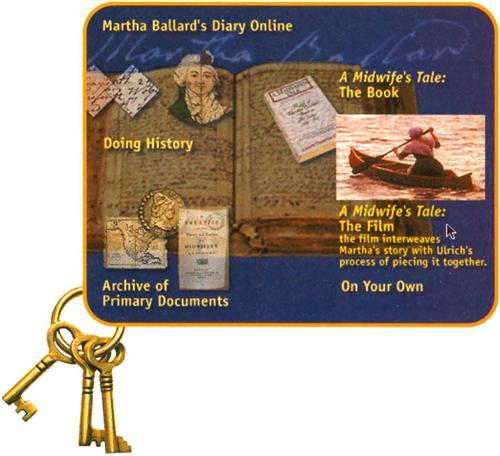Sign up for the Family Tree Newsletter! Plus, you’ll receive our 10 Essential Genealogy Research Forms PDF as a special thank you.
Get Your Free Genealogy Forms
"*" indicates required fields

The whole world can now read — and learn from — Ballard’s diary on the Web. It’s the centerpiece of the new Do History site <www.dohistory.org>, recently launched by the Harvard Film Study Center.
Do History uses the New England midwife’s diary as a case study to teach about the process of uncovering history. The site includes a searchable copy of the entire 27-year diary, as well as downloadable pages from other original documents such as diaries, letters, maps, records, account books and medical texts. Visitors can learn the techniques Laurel Thatcher Ulrich used to create her Pulitzer Prize-winning book based on Ballard’s diary, A Midwife’s Tale (Vintage), and go behind the scenes to discover how it became a 1996 docudrama.
You can study photographed pages of the actual diary to practice deciphering old handwriting; a “Magic Lens” lets you drag your cursor over tricky words to see if you’re right. Once you’re feeling confident in your decoding abilities, you can try transcribing a page line-by-line. Just type in your guesses below each of the photographed diary lines, then compare with the correct transcription.
Do History shows how investigating clues left behind by “ordinary” people can have extraordinary results. (For more on diaries, including tips for finding and interpreting your own ancestors’ writings, see the June 2000 issue of Family Tree Magazine and <www.familytreemagazine.com/articles/juneoo/diary.html>.)
From the October 2000 issue of Family Tree Magazine


